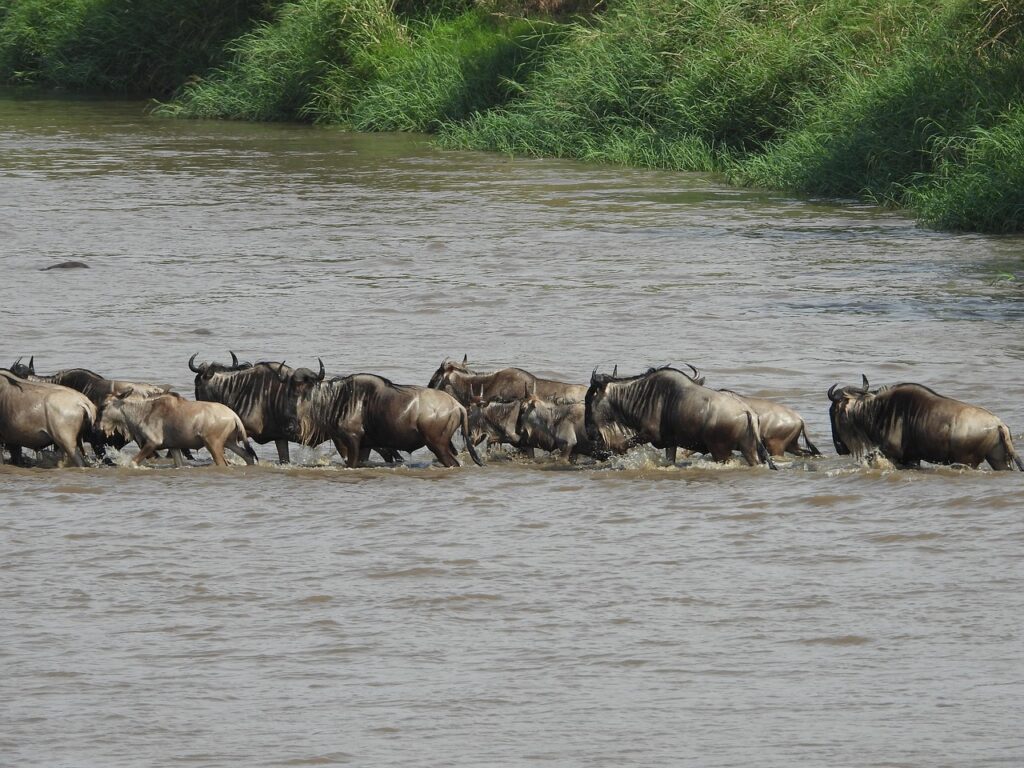Rutting Season

Moving On
Autumn isn’t just about migration and preparation — it’s also the season of competition. For many large mammals, this is the rut: a brief but powerful time when males fight, call, posture, and pursue the right to mate. It’s loud. It’s physical. And it’s one of the most dramatic natural events of the year.
If you’re in the right place at the right time, rutting season offers unforgettable moments — antlers clashing in the mist, vocal calls echoing through valleys, and animals more visible than usual as they compete for dominance.
If you’re in the right place at the right time, rutting season offers unforgettable moments — antlers clashing in the mist, vocal calls echoing through valleys, and animals more visible than usual as they compete for dominance.
Which Animals Rut in Autumn?
- Red deer (Europe, UK): The red deer rut peaks in September and October. Stags roar, herd females, and battle rivals in fields and moorlands, especially in the Scottish Highlands and Central Europe.
- Elk (North America): Bugling males call out through the forests of Yellowstone, the Rockies, and Canada. Bulls fight with locked antlers and aggressively chase off rivals in September–October.
- Moose (Canada, Scandinavia): Bull moose compete for cows by displaying antlers, scent-marking trees, and sometimes engaging in head-on battles. Watch for them at forest edges and lakes.
- Fallow deer (Europe): Found in open woodlands and parklands, fallow bucks create “rutting stands” where they call and wait for females to approach — often during October.
- Reindeer (Arctic regions): Rutting begins in late autumn, as dominant males gather harems and fight with large, sweeping antlers before winter arrives.
Where to See It
- Scottish Highlands (Red deer)
- Yellowstone & Grand Teton National Parks, USA (Elk)
- Finnish Lapland and Swedish forests (Moose and reindeer)
- Poland’s Białowieża Forest and Germany’s national parks (Red and fallow deer)
- Alaska and Canada (Moose and caribou in alpine valleys)
Photography & Safety Tips
- Use a long lens (at least 300mm) — animals in rut are easily agitated and unpredictable.
- Stay hidden or downwind — your scent or movement can disrupt behavior or put you at risk.
- Shoot during golden hour — the light is low, the air is cool, and the action is often highest.
- Don’t approach animals for a “better shot.” Males during rutting season can be dangerous.
- Listen. Roars, bugles, and antler clashes often guide you toward the scene before you see it.
Rutting season is raw and real — a glimpse into the deep instincts that drive survival. If you witness it with patience and respect, it can become one of the most moving experiences you’ll ever have in the wild.
